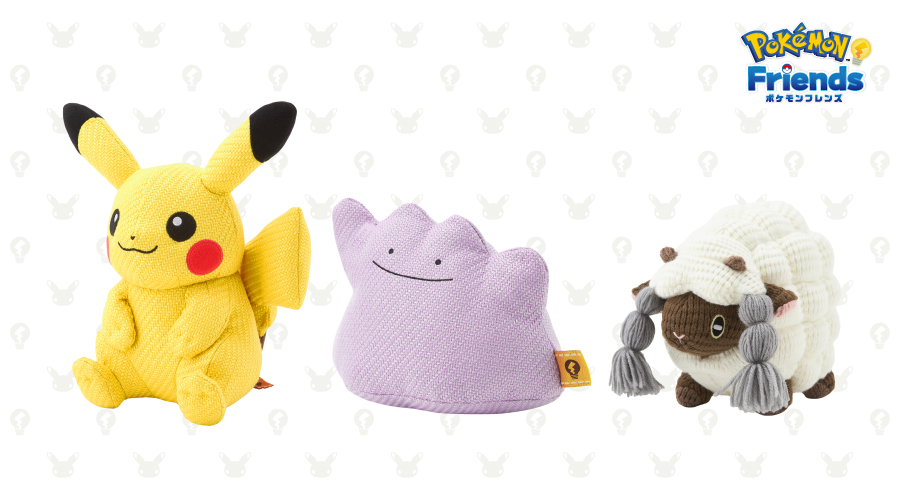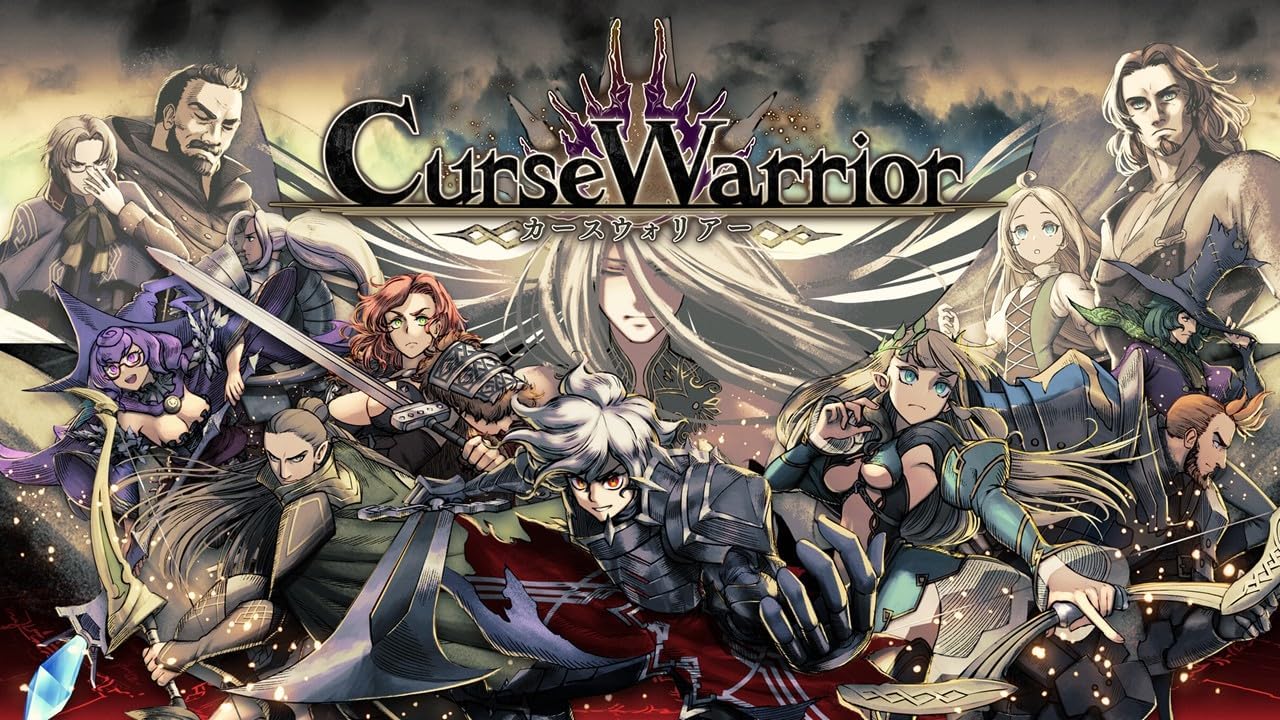Nintendo Switch 2 Pre-Order Lottery Results in Japan: Success Rates and Anti-Scalper Measures Revealed
The anticipation for the Nintendo Switch 2 has reached new heights in Japan, where surging demand has prompted retailers to implement lottery-based pre-order systems to ensure a fair allocation of the upcoming console.
With the original Nintendo Switch already establishing itself as one of the best-selling gaming platforms globally, the arrival of its successor is generating unprecedented excitement and scrutiny, particularly as retailers deploy unique strategies to combat scalping and ensure units reach genuine customers.
Survey results from recent retailer lotteries, detailing pre-order success rates and the effectiveness of anti-scalping measures, offer key insights into how Nintendo Switch 2 units are being distributed.
Retailers such as My Nintendo Store, Amazon Japan, and well-known Japanese electronics chains have published figures from their pre-order lotteries, revealing significant variations in winning odds based on entry requirements and anti-resale strategies. Based on survey data, the pre-order lottery with the highest success rate was offered by the My Nintendo Store for the Multi-Language System version, which required participants to have at least 50 hours of total Nintendo Switch playtime and over one year of cumulative Nintendo Switch Online membership.
This strict set of requirements led to a success rate of 56.7%, signifying that robust anti-scalping measures can yield a more favorable chance for legitimate fans to secure their console. Other models offered by My Nintendo Store, such as the Japanese-Language System (24.6% success rate) and the Mario Kart World Set (25.3%), also required similar credentials.
In contrast, Amazon Japan’s pre-order lotteries—which did not enforce prior playtime or purchase history requirements—reported far lower success rates: 12.2% for the first round and plummeting to just 4.7% in the second. Electronics retailers Yamada Denki, Yodobashi Camera, Sofmap, Otakara Souko, and Bic Camera implemented varying degrees of purchase or trade-in history as a prerequisite for entry.
Bic Camera, which required a registered credit card and a minimum purchase history of 30,000 yen, saw an impressive 35.2% success rate.
Yodobashi Camera, too, requiring shoppers to have spent at least 50,000 yen previously, reported a notable 26.3% success rate.
Comparatively, retailers that imposed no requirements—such as Furuichi (8.7%), HMV Online (5.1%), AEON Style Online (10.9%), and Itoyokado (5.7%)—saw their odds of successful pre-order entries fall into the single digits. These results clearly illustrate that restrictive entry requirements, often intended to combat resellers and scalpers, positively impact genuine buyers’ chances of obtaining a Nintendo Switch 2 through official channels.
Nintendo’s implementation of the pre-order lottery via the My Nintendo Store highlights an ongoing commitment to delivering consoles to real fans, especially as the console’s Japanese launch window approaches and retail demand continues to accelerate. With the rollout of the Nintendo Switch 2 poised to be another milestone for Nintendo—building on the legacy of its critically and commercially successful predecessor—the data from these pre-order lotteries will likely influence future distribution strategies, both in Japan and potentially in other regions as the console’s release expands.
With the original Nintendo Switch already establishing itself as one of the best-selling gaming platforms globally, the arrival of its successor is generating unprecedented excitement and scrutiny, particularly as retailers deploy unique strategies to combat scalping and ensure units reach genuine customers.
Survey results from recent retailer lotteries, detailing pre-order success rates and the effectiveness of anti-scalping measures, offer key insights into how Nintendo Switch 2 units are being distributed.
Retailers such as My Nintendo Store, Amazon Japan, and well-known Japanese electronics chains have published figures from their pre-order lotteries, revealing significant variations in winning odds based on entry requirements and anti-resale strategies. Based on survey data, the pre-order lottery with the highest success rate was offered by the My Nintendo Store for the Multi-Language System version, which required participants to have at least 50 hours of total Nintendo Switch playtime and over one year of cumulative Nintendo Switch Online membership.
This strict set of requirements led to a success rate of 56.7%, signifying that robust anti-scalping measures can yield a more favorable chance for legitimate fans to secure their console. Other models offered by My Nintendo Store, such as the Japanese-Language System (24.6% success rate) and the Mario Kart World Set (25.3%), also required similar credentials.
In contrast, Amazon Japan’s pre-order lotteries—which did not enforce prior playtime or purchase history requirements—reported far lower success rates: 12.2% for the first round and plummeting to just 4.7% in the second. Electronics retailers Yamada Denki, Yodobashi Camera, Sofmap, Otakara Souko, and Bic Camera implemented varying degrees of purchase or trade-in history as a prerequisite for entry.
Bic Camera, which required a registered credit card and a minimum purchase history of 30,000 yen, saw an impressive 35.2% success rate.
Yodobashi Camera, too, requiring shoppers to have spent at least 50,000 yen previously, reported a notable 26.3% success rate.
Comparatively, retailers that imposed no requirements—such as Furuichi (8.7%), HMV Online (5.1%), AEON Style Online (10.9%), and Itoyokado (5.7%)—saw their odds of successful pre-order entries fall into the single digits. These results clearly illustrate that restrictive entry requirements, often intended to combat resellers and scalpers, positively impact genuine buyers’ chances of obtaining a Nintendo Switch 2 through official channels.
Nintendo’s implementation of the pre-order lottery via the My Nintendo Store highlights an ongoing commitment to delivering consoles to real fans, especially as the console’s Japanese launch window approaches and retail demand continues to accelerate. With the rollout of the Nintendo Switch 2 poised to be another milestone for Nintendo—building on the legacy of its critically and commercially successful predecessor—the data from these pre-order lotteries will likely influence future distribution strategies, both in Japan and potentially in other regions as the console’s release expands.






